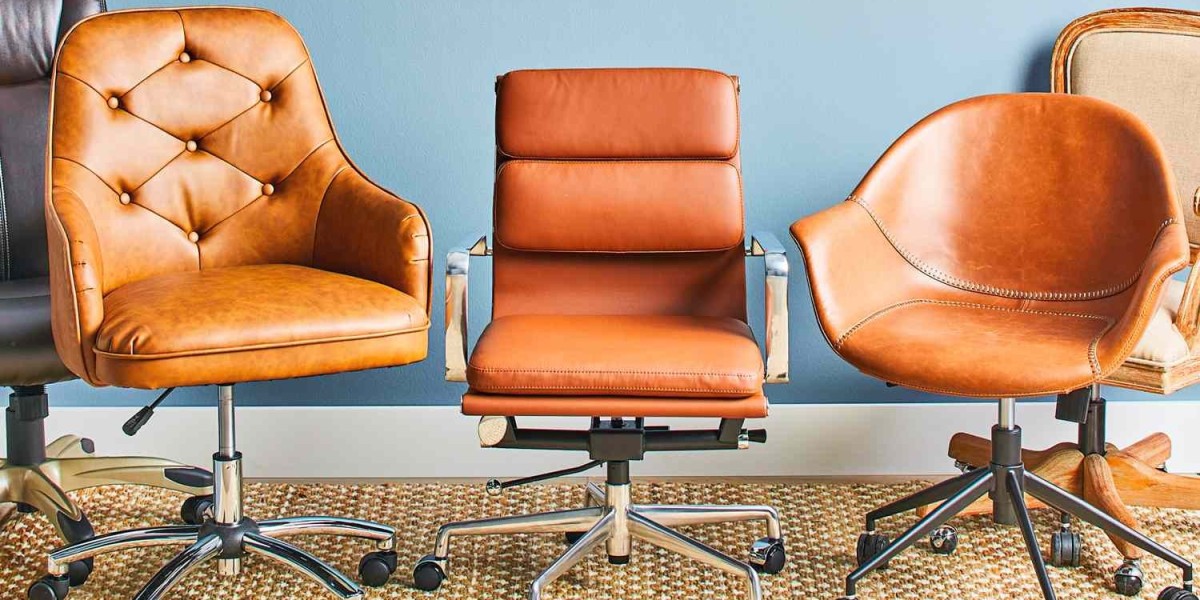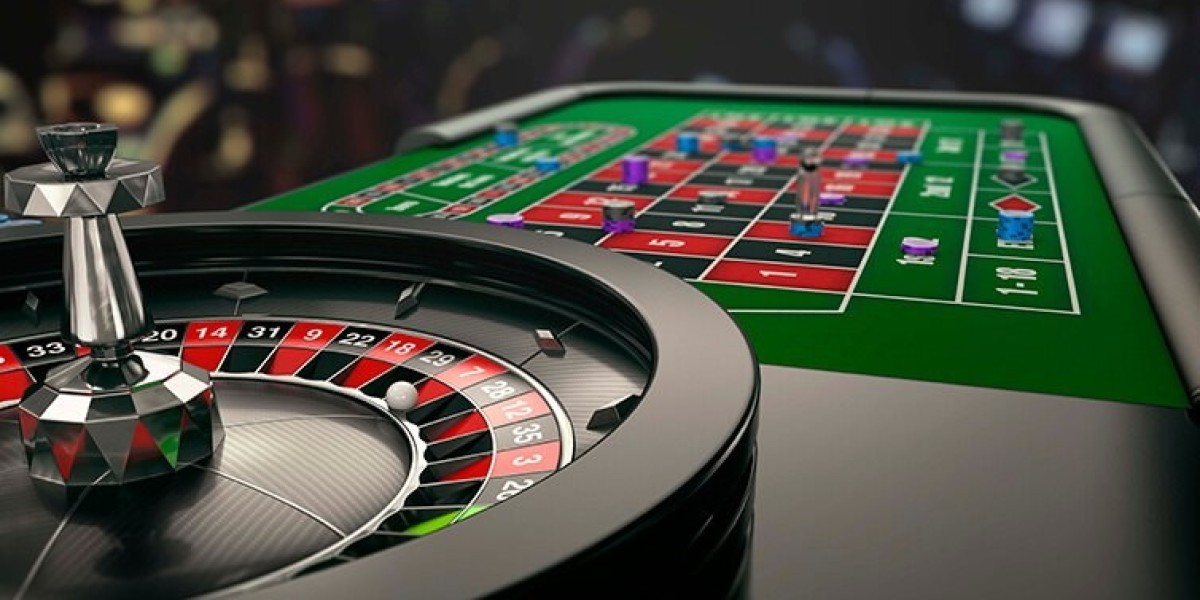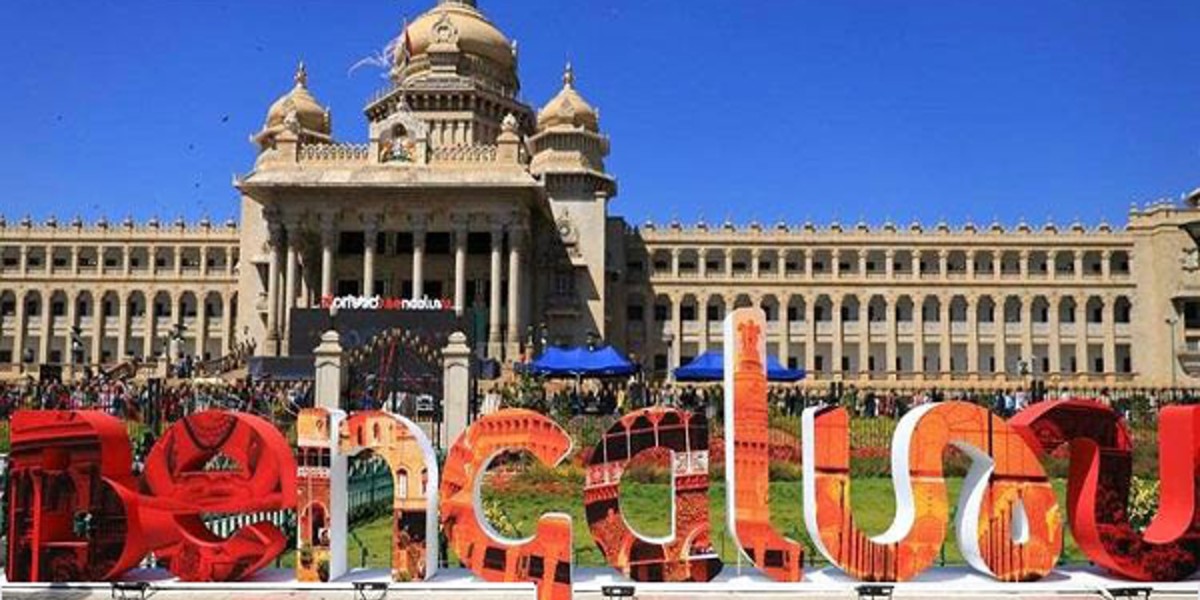Blending modern and traditional office furniture styles can create a unique, functional, and aesthetically pleasing workspace. This fusion of styles allows you to benefit from the sleek, minimal look of modern design while incorporating the warmth, elegance, and craftsmanship of traditional pieces. To successfully mix these two styles, balance and cohesion are key.
Here’s a guide to help you mix modern and traditional office furniture styles seamlessly:
1. Establish a Clear Vision
Before you start blending styles, determine the overall look and feel you want for your office. Decide on the balance you want between modern and traditional styles. Would you prefer a predominantly modern space with touches of tradition, or the opposite? Having a clear vision will help guide your furniture choices and ensure the space feels cohesive.
Tip: Start by selecting a primary style that will serve as the foundation, then incorporate elements from the secondary style for contrast.
2. Choose a Unified Color Palette
Using a consistent color palette across both modern and traditional furniture pieces is essential to creating a cohesive look. Neutral tones like grey, beige, white, or black work well as they can blend seamlessly with both modern and traditional pieces. You can add pops of color through accessories or accent pieces without clashing the styles.
How to Use Color:
- Neutral Base: Use neutral colors as a backdrop to unify different furniture styles.
- Accent Colors: Add bold modern colors (e.g., bright blues, greens, or yellows) through contemporary accessories like chairs, rugs, or art. For a more traditional touch, use classic accent colors like deep reds, browns, or golds.
3. Combine Modern Minimalism with Traditional Details
One of the easiest ways to mix modern and traditional office furniture is by pairing the clean, minimalist lines of modern furniture with more intricate, detailed traditional pieces. For example, you could pair a sleek modern desk with a traditional wingback chair or use a contemporary table with ornate, classic wooden bookshelves.
Ideas:
- Modern Desk + Traditional Chair: A simple, minimalist desk can be complemented with a traditional leather executive chair or upholstered armchair.
- Traditional Desk + Modern Chair: A classic wooden desk with rich details can be paired with a modern ergonomic chair for comfort and style.
4. Blend Materials and Textures
The combination of materials is a key factor in blending modern and traditional styles. Modern furniture often incorporates glass, metal, and smooth finishes, while traditional furniture is known for wood, leather, and textured fabrics. Combining these different materials can create a visually dynamic and layered space.
Tips:
- Wood + Metal: A traditional wooden desk can be paired with a modern metal shelving unit or metal-framed chair.
- Glass + Wood: Use a sleek glass-topped table with traditional wooden cabinetry for an elegant balance.
- Leather + Textiles: Mix leather seating, often associated with traditional style, with modern textile accents like rugs or throw pillows.
5. Incorporate Statement Pieces
Incorporating one or two statement pieces from either style can help ground the overall design and add character to the space. For instance, a modern office might benefit from a statement traditional bookshelf, while a traditionally styled office could be elevated with a striking, modern light fixture.
Examples:
- Traditional Statement Piece: A vintage wooden desk or classic grandfather clock in a predominantly modern office.
- Modern Statement Piece: A bold, abstract piece of art or a sleek, contemporary lighting fixture in a more traditional setting.
6. Use Lighting to Bridge the Styles
Lighting can play a pivotal role in tying together modern and traditional elements. Opt for lighting fixtures that blend both aesthetics, such as a modern chandelier with classic finishes or sleek pendant lights over a traditional wooden table.
Lighting Ideas:
- Modern Lighting + Traditional Furniture: A contemporary metal or glass light fixture above a traditional conference table or desk can add a modern touch.
- Traditional Lighting + Modern Furniture: A traditional table lamp or ornate chandelier can warm up a modern office setting.
7. Create Focal Points with Traditional or Modern Furniture
Decide which style will be the focal point of the room. For example, in a modern office, a traditional wooden desk or ornate chair can serve as the centerpiece, creating contrast and interest. In a more traditionally styled office, a modern art piece or minimalist shelving can be the standout element.
Tip: Keep surrounding elements subtle so they don’t compete with your focal point.
8. Balance Proportions
When mixing modern and traditional furniture, it’s important to balance the proportions of the pieces to maintain harmony. If you have a large, traditional desk, pair it with a streamlined, smaller modern chair to avoid overwhelming the space. Similarly, if your modern furniture has clean, slim lines, a bulkier traditional piece can add warmth and texture.
Examples:
- Large Traditional Desk + Slim Modern Chair: This helps balance the bulkiness of traditional furniture with the lightness of modern design.
- Sleek Modern Desk + Ornate Traditional Chair: Creates a balanced contrast between heavy and light visual elements.
9. Mix and Match Accessories
Incorporating accessories is another easy way to blend modern and traditional styles without committing to large furniture changes. Mix and match modern accessories like abstract art, geometric planters, or minimalist clocks with traditional elements like classic artwork, vintage books, or decorative objects.
Ideas for Accessories:
- Modern Art + Traditional Desk: Place bold, contemporary artwork behind a traditional desk or against a wall with traditional moldings.
- Traditional Accessories + Modern Furniture: Use vintage or antique accessories such as globes, brass bookends, or traditional sculptures in a sleek modern space.
10. Pay Attention to Scale
When mixing furniture styles, ensure that the scale of the pieces is complementary. A large, traditional wooden desk may need similarly proportioned seating, while a modern glass desk with thin legs will pair well with a more delicate or compact chair. Consistent scale helps maintain balance and harmony between the two styles.
Conclusion
Mixing modern and traditional office furniture styles requires a thoughtful balance of contrasts. By combining sleek, minimalist elements with the rich details of traditional design, you can create a unique, personalized workspace that feels both timeless and contemporary. Focus on unifying factors such as color, materials, and scale, and incorporate statement pieces and accessories to bring the two styles together seamlessly. With the right approach, you can design a workspace that is functional, stylish, and reflective of both modern trends and classic elegance.








